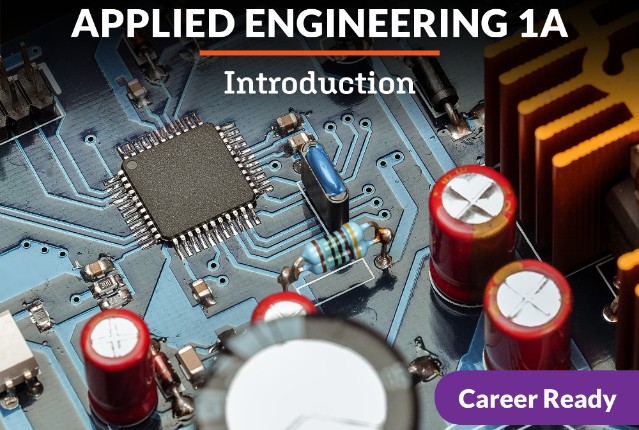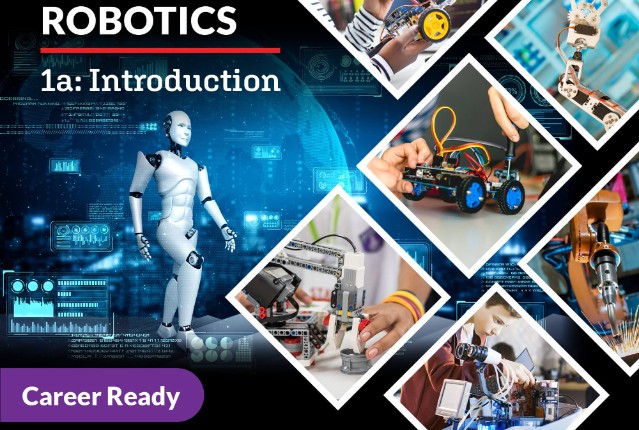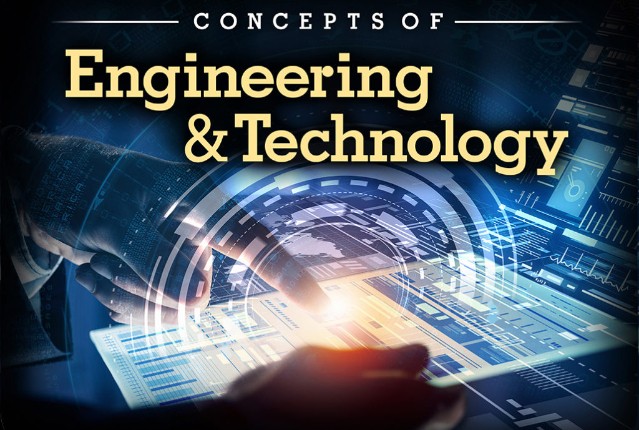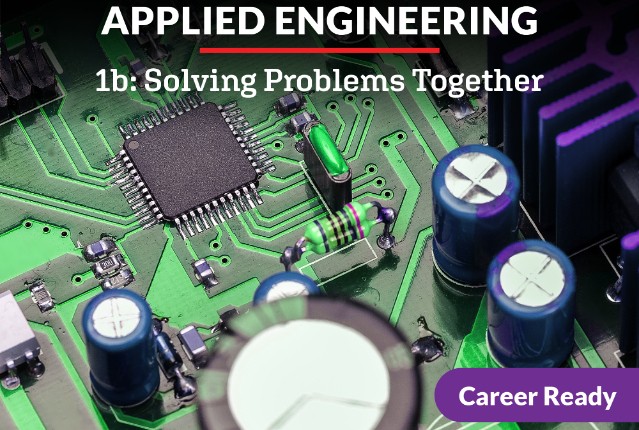The most complicated event of invention and innovation is taking the idea from the mind and moving it into the real world. As much as you can verbally express an idea, most of the time it is not until you sketch or model that idea that others understand it. The invention of paper, in itself, has brought us a method of expressing ideas, and it even acts as a medium to store that knowledge. With the onset of computers, we now have vast storage space to design multistory buildings and multilevel ships that may be accessed via virtual reality. Elements inside those models can even be manipulated in that virtual space. Once a design is realized, it can be simulated, testing its physical properties while still in the computer. Once finalized, it can be prototyped or placed into production. From a computer file, an object or idea can be run through various manufacturing processes including 3D printing, laser cutting, or even computerized milling. These and many other machines take the design and produce the object. Our advances in materials manipulation and production allows ideas to move from our brain to the computer and into a prototype or even final production sometimes as quick as a few minutes. This unit identifies those key features that our ideas prototyped.
What will you learn in this unit?
- Identify various pictorial and orthographic drawing techniques
- Apply ISO and ANSI standards on technical drawings
- Apply part-dimensioning techniques
- Apply CAD software for 3D solid modeling
- Identify CAD based tools for part analysis




